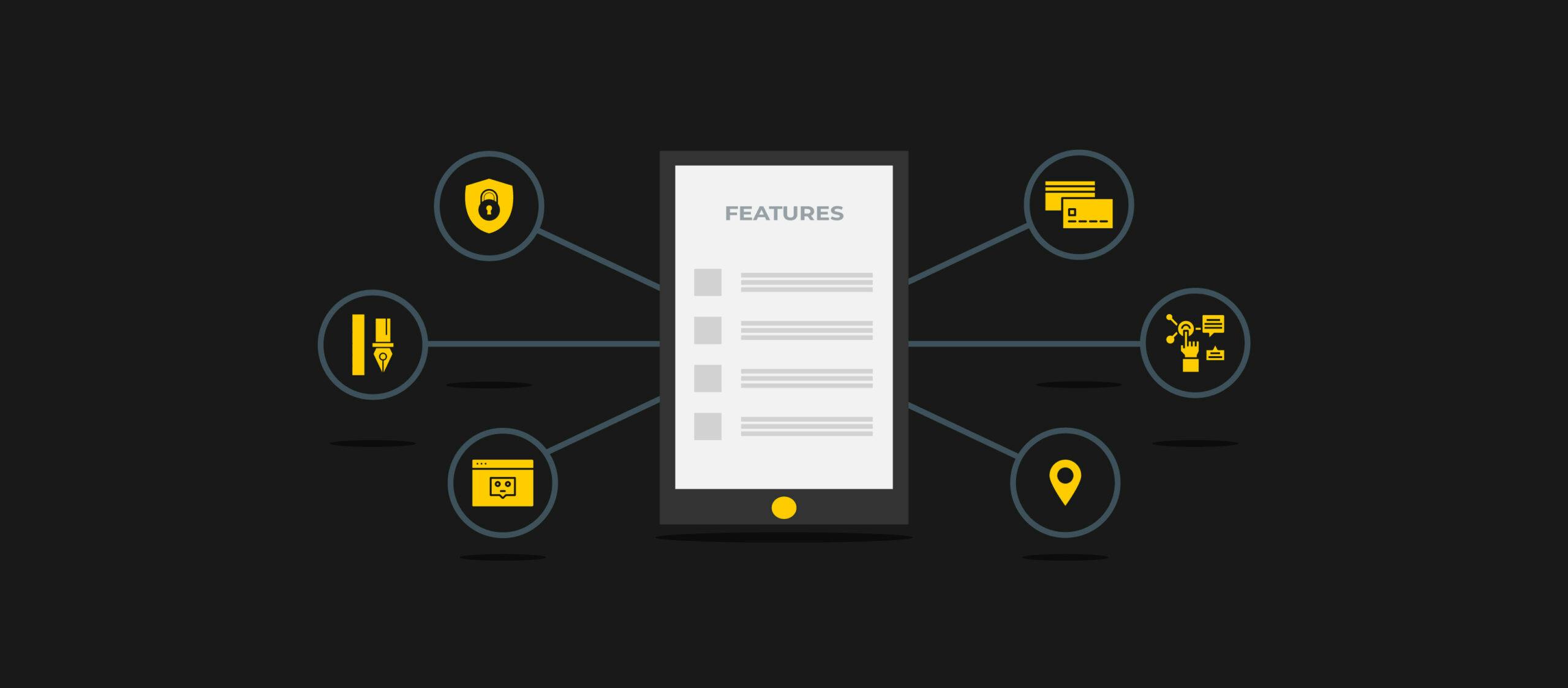Without the appropriate requirements, you cannot implement a successful project. The Mobile App requirements document explains how each requirement satisfies the project’s business requirements.
We at Eagle IT Solutions insist upon complete, consistent, measurable, traceable, and acceptable requirements.
Let’s highlight the main steps for defining the mobile App requirements document:
- Gather market data for similar App ideas
- Describe your App idea’s main features
- Write your Business Goals and App Objectives
- Prepare a functional and Non-Functional App Requirement table

1. Gather market data for similar App ideas
Market research can help you determine whether or not a product or service is viable before investing money into developing it. Collect information using surveys, questionnaires, interviews, focus groups, and observations.
Once you have collected the data, it is important to store it in a format that is easy to access and modify.
Actually, It is not necessary to include market research in the requirements specification document.

2. Describe your App idea’s main features
Mention any actions taken by users and any feedback the system provides. After that, examine the steps to identify any that were omitted and note those as well.
Once you list all your actions, review each one to search for potential alternatives and exceptions.
For instance, this is an example of how one of our clients described his app requirements to us:
“I designed My app primarily to help people stay organized and motivated. The app would have three sections- a daily planner, a to-do list, and a note section. The planner would have monthly and weekly calendars, as well as room for notes and upcoming appointments. The to-do list would include the same features as the planner, as well as a list of incomplete tasks. The note section would be for writing down motivational messages or ideas.”
3. Write your Business Goals and App Objectives
Business goals are essential for any organization. Without specific goals, it becomes difficult to measure progress and make necessary changes in order to continue progressing.
In fact, You should write App objectives as soon as a business goal is established so that the app can help reach those goals more efficiently.
Question to ask yourself when writing down your Business Goals and App Objectives:
What advantages would the application provide?
What needs or business issues would the app address?
How will users use the app in practice?

4. Prepare a functional and Non-Functional App Requirement table
This section appears to be much more complicated than all the others to the majority of people, but it actually isn’t.
The functional requirements outline how the system behaves in relation to its functionality.
Functional requirements should be expressed in plain terms to make them understandable to all parties. Authentication, payment process, shopping carts, verification of identity, report generation and visualization, etc. are some examples of functional requirements.
On the other hand, Non-functional requirements are those that specify how a solution should be developed, set up, or used to function best within the bounds of an organization. They have to do with system quality and cover things like scalability, maintainability, and dependability.
Create a table of user roles first using your confirmed scenarios.
Separate functional and Non-Functional App requirements in two tables, we recommend starting with this template.

Mobile App Requirements Document will help you build a better app
The creation of a mobile app requirements document should ultimately aim to prepare the ground for a successful product. It is crucial to keep the goal of providing the market with higher value in mind while defining the product.
In addition, it will help you plan, design, and execute a successful mobile app. By understanding your customer and their needs, you can build a better app.


